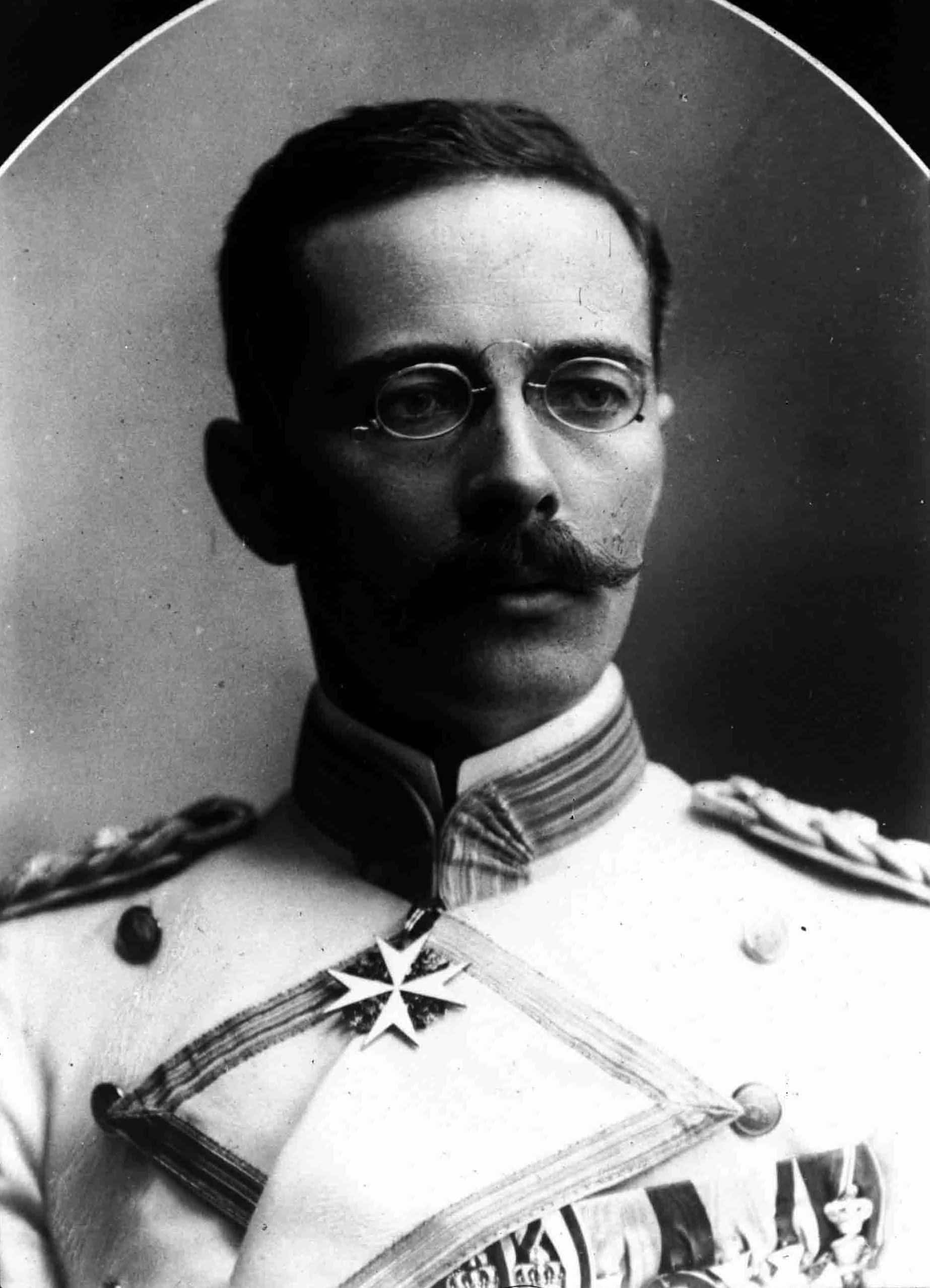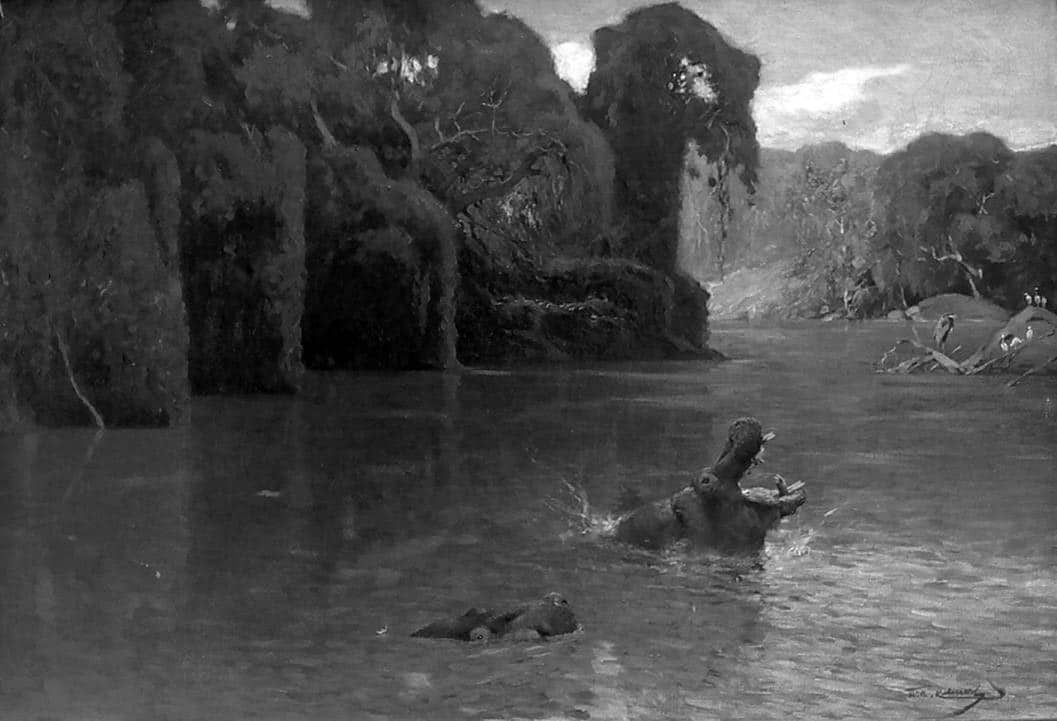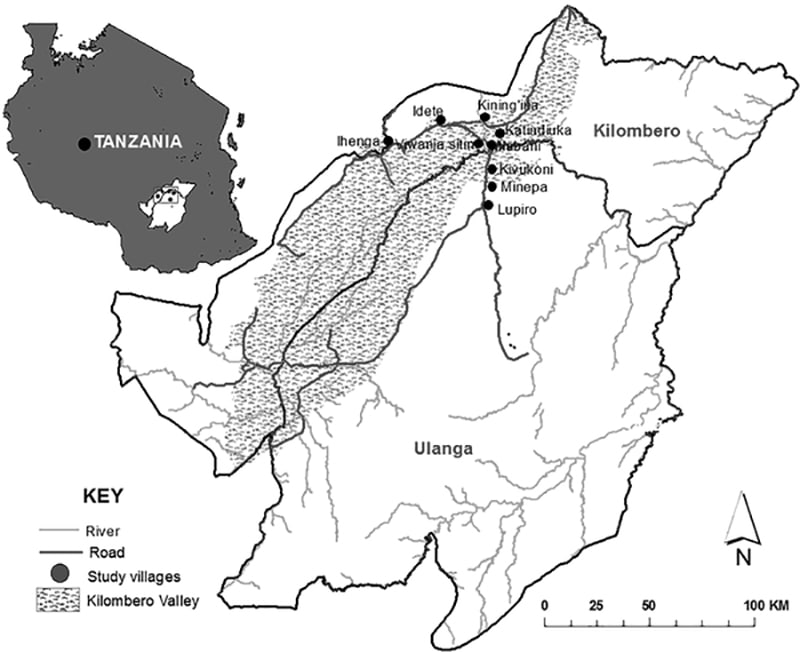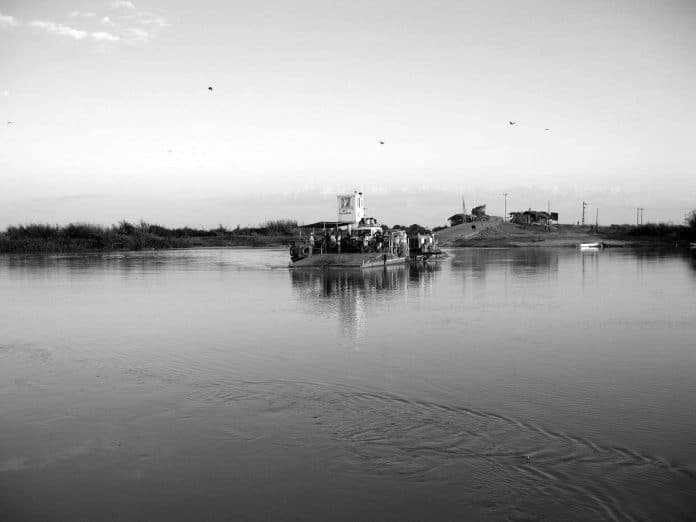Quick Overview of the Ulanga River in Tanzania
The Ulanga River begins in Tanzania’s southwest. Its path starts on the East African Rift Valley’s eastern slope and runs towards the Indian Ocean through the northeast Rufiji River. Another name for the Ulanga River is Kilombero.
Geology of Ulanga River Tanzania
East Africa’s largest seasonal freshwater comes from a part of the Ulanga Valley. It is an unscatched natural morass ecosystem and comprises myriad rivers. A three-quarter of the Rufiji River is supplied by the Ulanga River.
A joining of main south rivers forms the Ulanga River. These flow from the north Iringa and Njombe region mountain range on East African Rift’s eastern slopes and from the south Mahenge and Udzungwa mountains. The Ruhudji River loses height as it winds eastward from the south towards the Ulanga Valley’s great floodplain. The floodplain sits at 210 – 250 meters above sea level.
The valley is situated between the densely forested slopes of the Udzungwa Mountains on the southwest north-east side. These slopes are 2,250 m upwards from the valley bottom on the northwest side and the south side of the Mahenge Mountains.
Several valuable streams move towards the Ruhudji before dividing into many channels on the floodplain. These channels make a central network in some areas of the floodplain. Other streams also drain the mountains on their different sides to join the main network, where it forms part of ten channels flowing somewhat parallel.
For 45 km long, permanent swamps extend for 4 km from the Kihansi River’s west bank. In 1995, this river was closed off in its upper ranges situated above Kihansi Gorge. On the southern side, the floodplain’s central parts descend for 40 m over 210 km. The valley’s width decreases to approximately 4 km at Ifakara, and the waters unite to form the main Ulanga River stream. The Ulanga River runs through curved lakes on the Ifakara’s east side and joins the Msolwa River on its left. This stream is connected to Udzungwas’ high slopes and traverses to the floodplain’s northern side, where it skirts into another permanent swampland on the west.
From the joinder point, the Ulanga River sharply sways southeast before existing the the Ramsar wetland and the floodplain, which border the Selous Game Reserve. After continuing its flow 65 km downstream, the Ulanga River joins the Luwegu and merges at Shuguli Falls. This merger forms the Rufiji River. The Rufiji River heads to the Indian Ocean in a northeast direction where it flows across the Selous Game Reserve.

History of the Ulanga River Africa
The German, Karl Peters, begun his claim on areas in East Africa in 1885. While he effortlessly journeyed through the coast of Tanganyika, the inshore areas that belonged to the colony up until the Belgian Congo were challenging. Most of these parts have not been explored yet.
An expedition led by Governor Gustav Adolf von Götzen together with, Hermann Kersting, and Georg von Prittwitz resulted to the claiming these regions.
In 1897-98, von Prittwitz surveyed the Ulanga River for the first time alongside the Kihansi, which is its feeder. The survey was done in the hope of determining if either one of these streams would offer a passable waterway between the coast and the Uhehe district.
After navigating the Kihansi with a canoe, von Prittwitz found it challenging due to narrow streams occupied by hippopotamuses and many sharp curves. The Ulanga River had wide smooth curves and was an easier waterway to follow.
The Economy and Politics Involving Ulanga River
A border between the Kilombero District in the Morogoro Region (southwest Tanzania) and the Ulanga District is formed by the Ulanga River.
Residents of the Ulanga Valley mainly consists of subsistence farmers who produce rice and maize, while some also fish. The Ulanga Valley also has huge planted areas of teak wood.
The Illovo Sugar Company has sugar cane farms in the region’s northwest low-lying area and occupies most of this space.
Wildlife Within Ulanga River Surroundings
Large mammal populations reside in the Ulanga Valley. These populations include buffalos, elephants, hippopotamuses, lions, and pukus. The Ulanga Valley hosts the largest puku population globally and is also home to Africa’s largest Nile crocodile population. The African Openbill, African Skimmer, and White-Headed Lapwing bird species breed in Ulanga Valley as well.
Two undescribed cisticolas species, three bird species, the Udzungwa Red Colobus Monkey and the Ulanga Weaver, are only found in the Ulanga Valley.

Twenty-three fish species are regularly caught in the Ulanga River. Three of these are not found in the Rufiji River. They are the Alestes Stuhlmannii specie and two Citharinus Congicus species. The Ulanga River is a breeding ground for many species, and fish from the Rufiji waters migrate upstream to spawn there. This usually takes place at the start of the rainy season in November and peaks in December.
Culture
The 1935 novel The African Queen by C.S. Forester and its film adaption in 1951 feature the eponymous steam-powered boat. A Belgian mining company owned this boat and they utilized the upper parts of the Ulanga River waters.
The Gallery of Trees Ulanga River is a painting by Friedrich Wilhelm Kuhnert that features the river.
Ulanga River Map

For more articles related to Rivers of Tanzania, click here!

































